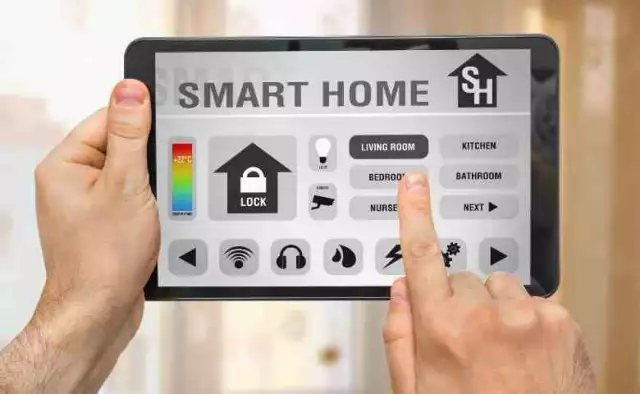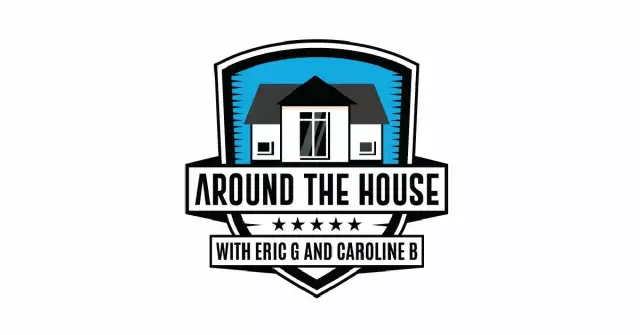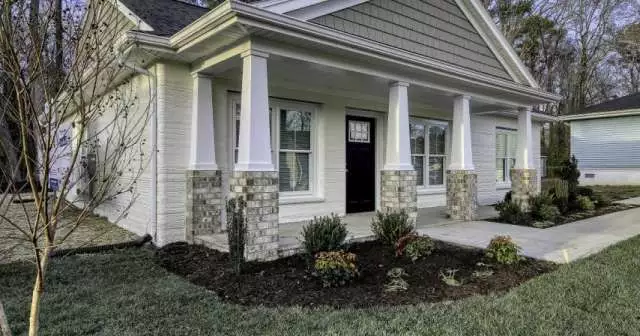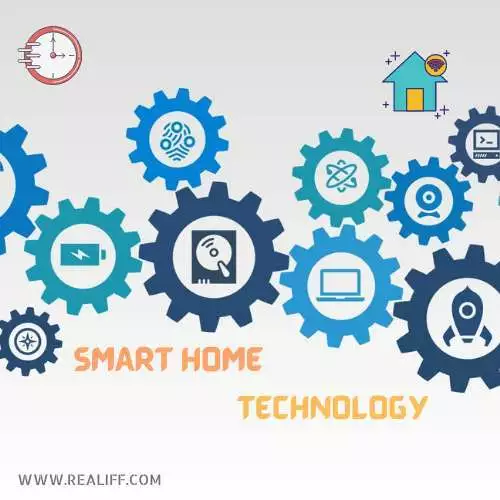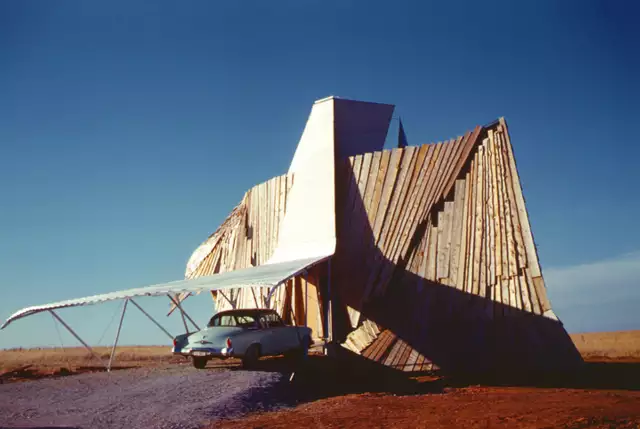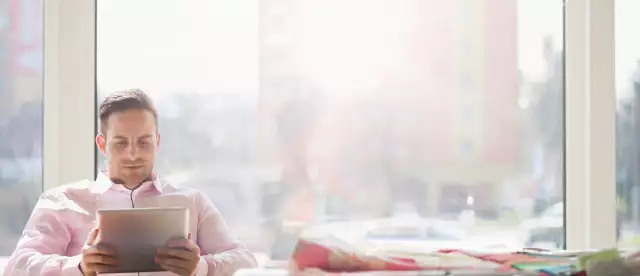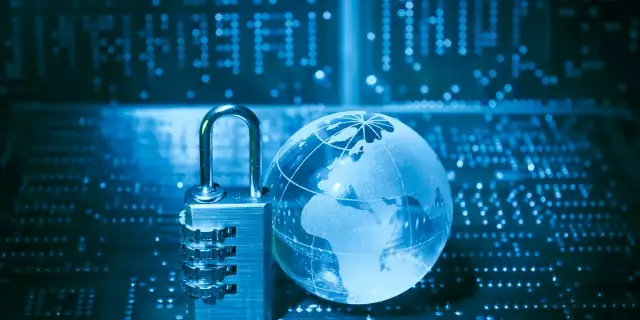Turning Old Homes Into Smart Homes
Last Updated on July 26, 2022 by Admin
Old homes are some of the finest treasures of the country. The housing market now features many older homes rather than new builds. That’s great news for anyone who wants a house with history, but it will likely take a lot of fixing up to get these older buildings to today’s standard of living.
While you’re at it, you may want to convert an old home into a smart one. The transition will benefit both you and the environment in the long run.
What Are Smart Homes?
Smart homes are extraordinary houses that make life easier for you and help the environment by helping you save on energy and keeping your house secure. First, they use energy more efficiently than non-smart homes, meaning that you’ll save on your monthly energy bills while enjoying the benefit of having a house that does things for you.
While it may not be able to do everything, it can save you the hassle of fiddling with too many television remotes or turning every light off before bed. Plus, it can help you have peace of mind while away from home.
Furthermore, smart homes have a leg up over their competitors. Older homes typically have several issues, often concerning the plumbing or the structure of the house. Once you get the problems taken care of, you can ensure you don’t have any headaches like those creeping up on you for a long time. Smart homes take care of you so you can relax in your new-to-you house.
How to Turn an Old Home into a Smart Home in 5 Steps
There may not be one way to turn an old house into a smart home, but you can take steps to make the dwelling smarter and more energy-efficient.
Old houses typically have great bones, and with a little sprucing up, you’ll have a home that is as beautiful as it is functional. These five steps can take a drab older structure and turn it into one that preserves the environment with character.
1. Increase Its Security
Smart locks and cameras are essential for anyone who lives alone or wants extra home security. When you’re away, a video doorbell or a security camera can show you exactly who’s walking up your doorstep.
You can keep track of everyone who enters your home — or attempts to enter your home — when you’re not around or don’t feel like going to check who’s at the door.
Smart locks are another excellent investment. With them, you don’t have to worry about having physical keys. You can control the locks via your phone or another smart device.
Additionally, you can give out passcodes to others for temporary or permanent access when you’re not there. Every option is available to you, and it’s handier than making dozens of copies of your keys.
2. Upgrade the Appliances
Your old house might come with older appliances. Though they may still work after all these years, they’re not great for the environment — or your energy bill.
One of the first things you should do when buying an older home upgrades all the appliances. You can opt for smart devices — which will tell you when something is awry, such as a refrigerator door being open or a load of laundry forgotten in a machine.
Though the upfront cost might be more, you’ll find that your energy bills are lower, and it’s easier for you to take care of your household chores.
3. Switch Your Fireplace
The type of fireplace you have could make a difference. You don’t need to worry if you don’t plan on using it and only want it for decoration.
You may switch to an electric fireplace to get the aesthetic of a log fire burning without actually having one in your home. Some can even heat the space around them. However, if you want to use your fireplace or wood-burning stove as a source of heat, make sure that it’s EPA-certified so it meets the emissions standard.
4. Get a New Thermostat
A smart thermostat can help households save money. They are programmable — much like other digital thermostats — but the smart ones can also learn your preferences and needs and automatically set your HVAC system to respond to them.
This capability could lead to you saving money over time, and you have the bonus of being able to access your thermostat when you’re away from home. If you go on vacation, you can set your thermostat to whatever you want, saving you money compared to how drafty your old house was before.
Over time, an updated thermostat and HVAC system can reduce your carbon footprint and positively affect the environment.
5. Opt for Smarter Lights
Bright lights sometimes, such as when you’re getting ready in the dark in the morning, but you don’t want them at all hours of the day. Having fluorescent lights that are too bright can disrupt your circadian rhythm, making it difficult for you to fall asleep and wake up on time.
You can control smart lights from your smartphone or another device, so you can choose when to turn them on or off. Alternatively, you can make sure to dim the lights shortly before bedtime so your eyes start to adjust and you can feel more tired naturally.
Make Smarter Choices Each Day
You may not have the time or budget to implement these changes right after you’ve bought a house. Consider taking it step by step, day by day. As long as each day leads you toward a brighter, greener future, you’re making progress worthy of celebration.
Eventually, the old house you moved into will become a smart home with plenty of charm and character — and you’ll be saving the environment every day.
Author bio:
Jane is an environmental writer who covers topics in sustainable construction and green building materials and is the editor-in-chief of Environment.co.
Related Posts:
FAQs
